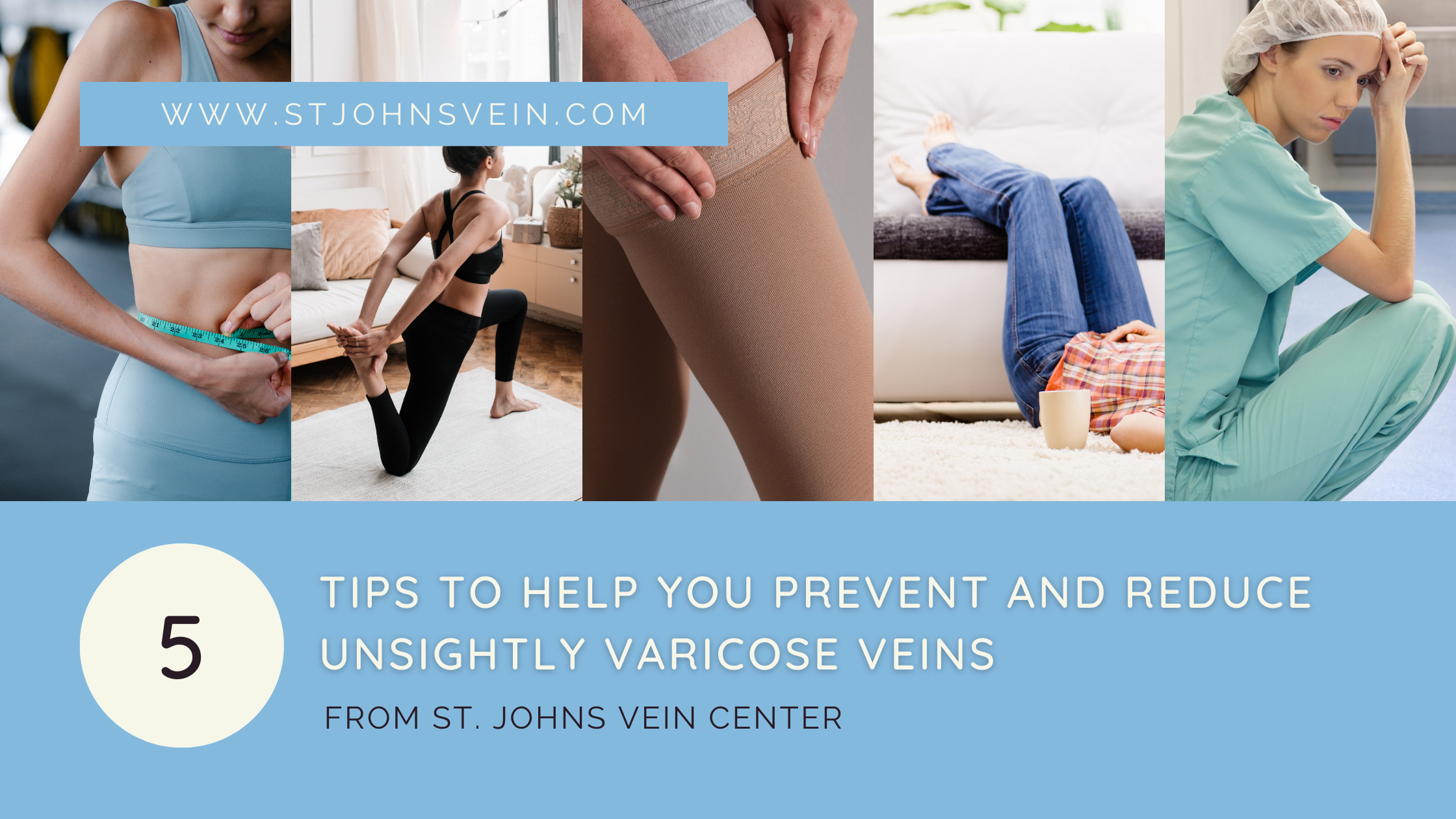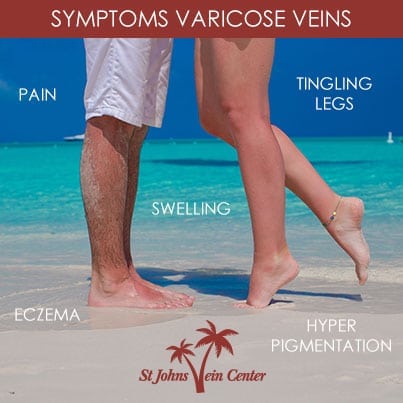Varicose veins are a common condition that can cause discomfort and embarrassment. Compression stockings are a non-invasive and effective way to manage the symptoms of varicose veins. Learn about the benefits of wearing compression stockings and how to properly use them to alleviate pain and improve circulation.
How do compression stockings work to alleviate symptoms?
Compression stockings work by applying pressure to the legs, which helps to improve blood flow and reduce swelling. The pressure is greatest at the ankle and gradually decreases as it moves up the leg. This helps to push blood back up towards the heart, preventing it from pooling in the veins and causing discomfort. Compression stockings can also help to reduce the risk of blood clots and other complications associated with varicose veins. They should be worn throughout the day, and removed at night to allow the skin to breathe.
Choosing the right compression level and size.
When choosing compression stockings for varicose veins, it’s important to select the right level of compression and size. Compression levels range from mild (15-20 mmHg) to extra firm (30-40 mmHg), with each level providing a different amount of pressure. Mild compression is suitable for mild varicose veins, while extra firm compression is recommended for more severe cases. It’s also important to choose the right size, as stockings that are too tight or too loose can be uncomfortable and ineffective. Measure your legs carefully and consult with a healthcare professional or compression stocking specialist to ensure a proper fit.
Tips for wearing and caring for compression stockings.
Once you have selected the right compression stockings for your varicose veins, it’s important to know how to wear and care for them properly. Here are some tips to keep in mind:
- Put on your stockings first thing in the morning, before getting out of bed.
- Use gloves or a donning aid to help you put on the stockings, as they can be difficult to pull up.
- Make sure the stockings are smooth and free of wrinkles or bunching.
- Wear the stockings all day, taking them off only at night.
- Wash the stockings daily in cool water with a mild detergent, and air dry them.
- Replace the stockings every 3-6 months, or as recommended by your healthcare professional.




